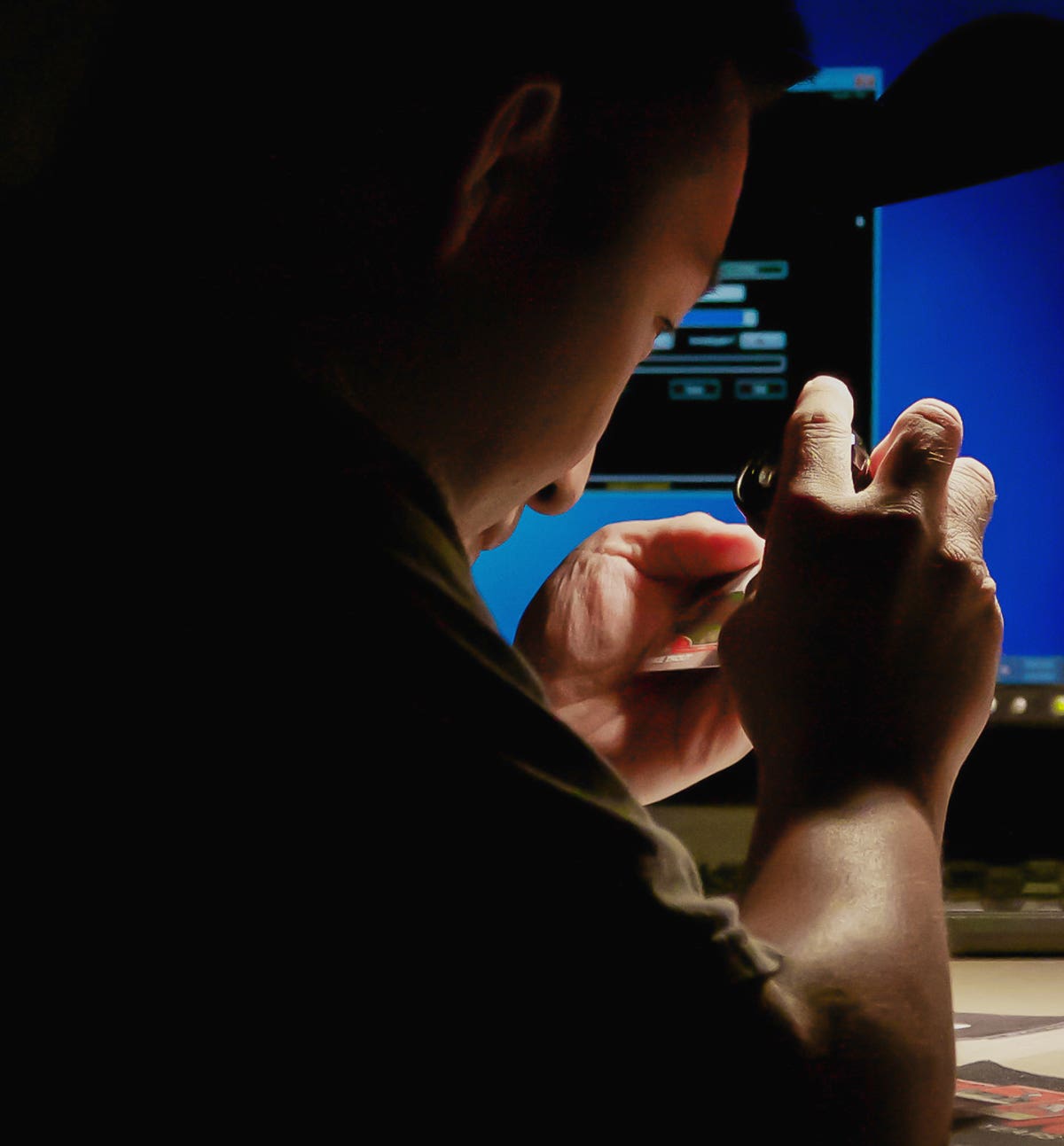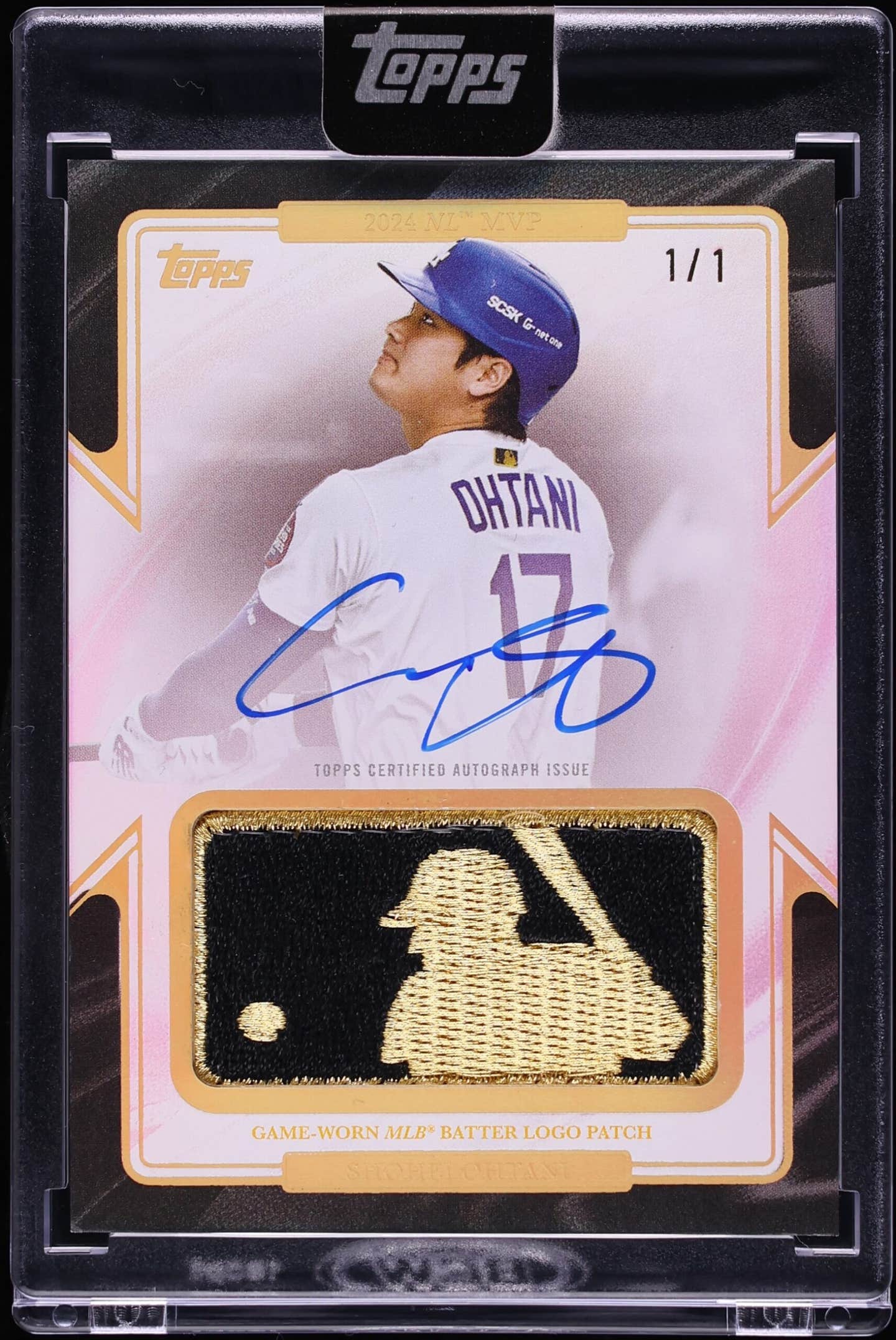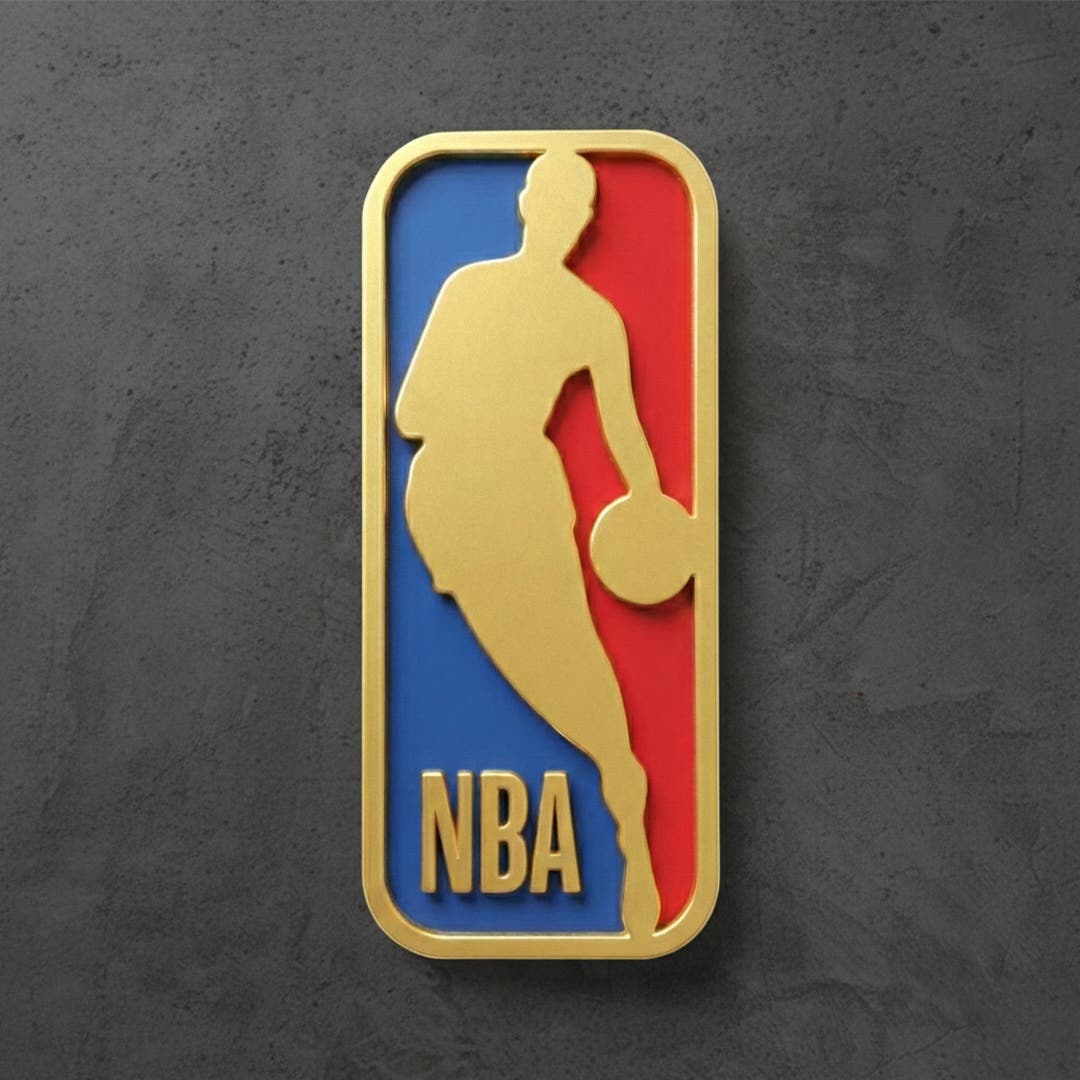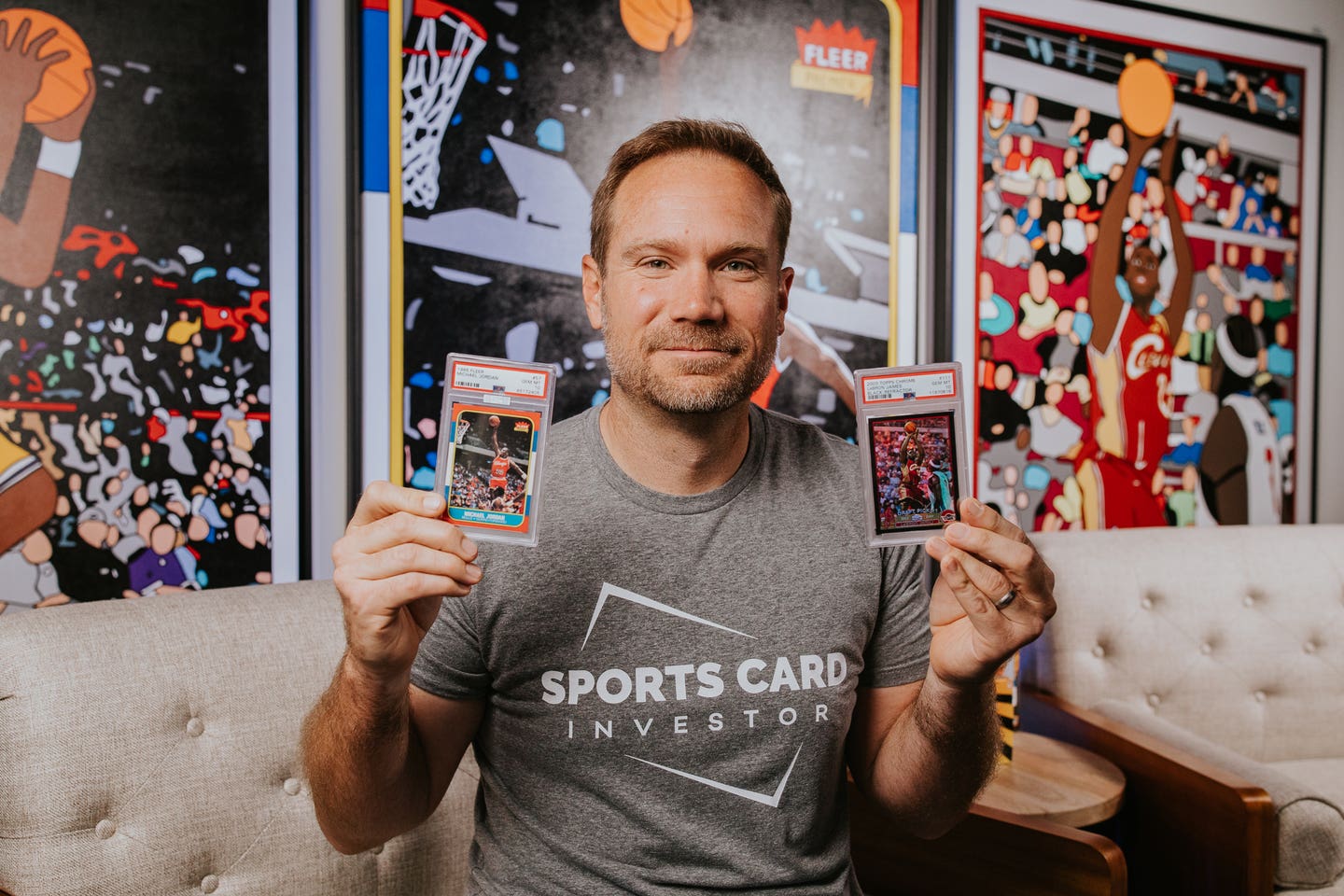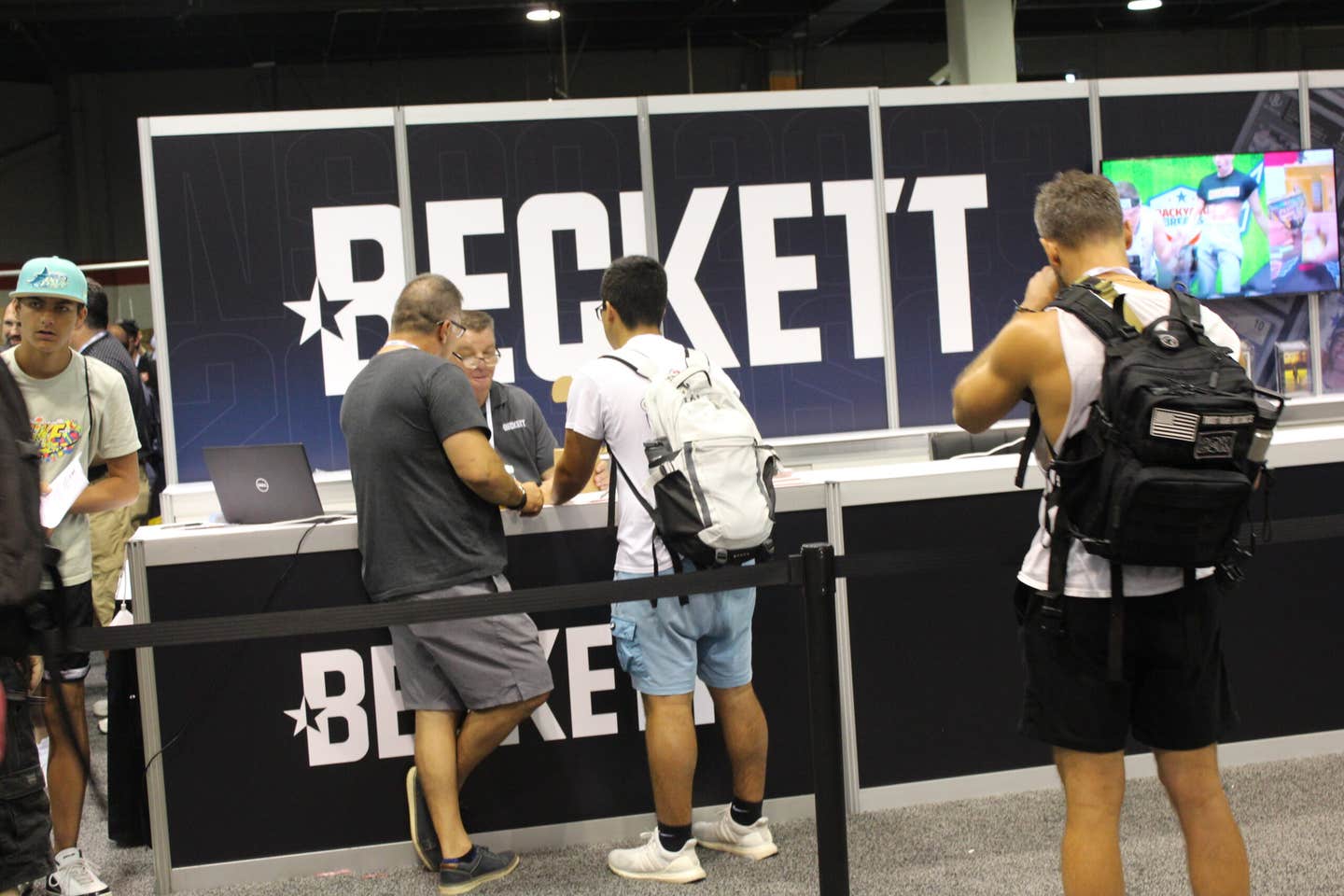Cards
Upper Deck unveils authentication feature to combat fraud, patch swapping
In a major move to protect collectors and preserve the integrity of high-end trading cards, Upper Deck announced on May 28 the launch of a revolutionary authentication feature set to debut with the highly anticipated release of the 2023-24 Upper Deck The Cup Hockey set.
The new feature specifically targets a longstanding issue plaguing the collectibles market known as “patch swapping,” a fraudulent practice where counterfeiters alter premium trading cards by replacing embedded memorabilia patches with more desirable versions to inflate their value.
“What we’ve seen over the last decade-plus is that we are fighting counterfeiters and scammers at an unprecedented level because of all the interest in the industry,” said Upper Deck President Jason Masherah.
Each Rookie Patch Auto card—some of the most sought-after trading cards—will now include a slabbed case with a serial number and scannable QR code. When scanned, the QR code links to a secure online gallery of high-resolution images showing the card, patch and autograph from a series of angles just as it left Upper Deck’s facility.
“It’s really the first time we’re able to give the consumer the information of what that card was intended to look like and the provenance,” Masherah said, adding that it allows collectors to “quickly verify it themselves” before purchasing it on the secondary market.
“For us, it’s groundbreaking,” Masherah added. “It gives everybody the chance to track these [cards].”
You Also Might Like:
This, Upper Deck said, will allow collectors and potential resellers the ability to instantly verify a card’s authenticity without needing to send it to a third-party grading service by assessing their online database. However, Masherah said he acknowledged that some dealers and collectors will want to crack the cards out of those cases and get them graded elsewhere.
“We’re hoping that the grading companies can incorporate our serial number into their process someway, somehow,” he said.
Masherah said he understands that collectors “will want to have it cracked and graded.”
By marking the cards “uncirculated,” Masherah said he hopes the hobby will find “some value in that.”
“We also understand people like the grades and that is a part of the industry,” he added.
Upper Deck said grading companies welcome more information about cards in order to assist them in authenticating them.
“They don’t have first-hand information of what that card is when it comes into their building,” Masherah said. “For us, we have the ability to keep control of the cards. … I think the grading companies are going to be thrilled about this.”
FIGHTING FAKES
Imagine a serial-numbered patch card of an NHL rookie. The original card has a plain white swatch. Someone swaps it with a multicolor team logo patch from another jersey and resells it. The card, now much more eye-catching, can fetch a lot more than its original value.
Trading card companies have taken a number of steps to combat such scams. These RPA slabs build on Upper Deck’s legacy of innovation in security. In the 1990s, the company revolutionized the memorabilia space with foil packs and by using holograms on the back of cards to prevent resealing and tampering. This new patch authentication follows a similar approach, offering peace of mind to both buyers and sellers.
“It’s been an epidemic for quite a while,” Masherah said. “We’ve been working for quite a while at that. It’s a serious problem.”
Upper Deck added relics to card sets as far back as 1996. Over the past three decades, Upper Deck, along with Topps and other card manufacturers, have made patches a part of the collecting experience.
At the same time, the early 2000s saw the rise of “patch swapping” and other scams as those small pieces of fabric were easy to take out. One of the biggest fears of any collector is spending a lot of money on a card that’s been altered. Currently, the only way collectors can know for sure whether the card they purchased is the original is by combing past eBay sales of that card or online forums.
The Rookie Auto Patch cards are considered the crown jewels of Upper Deck hockey products, featuring on-card autographs, limited serial numbering and game-worn jersey swatches. They often command premium prices on the secondary market—making them prime targets for manipulation.
“For us, what we really want to do,” Masherah said, “is put the power of authentication in the consumer’s hands.”
Nonetheless, Upper Deck’s latest effort to secure the integrity of its products remains something akin to a pilot program—with an eye to expanding the program to other card products if collectors want it.
“We view this as a test,” Masherah said. “We want to gather collector feedback.”
Clemente Lisi



